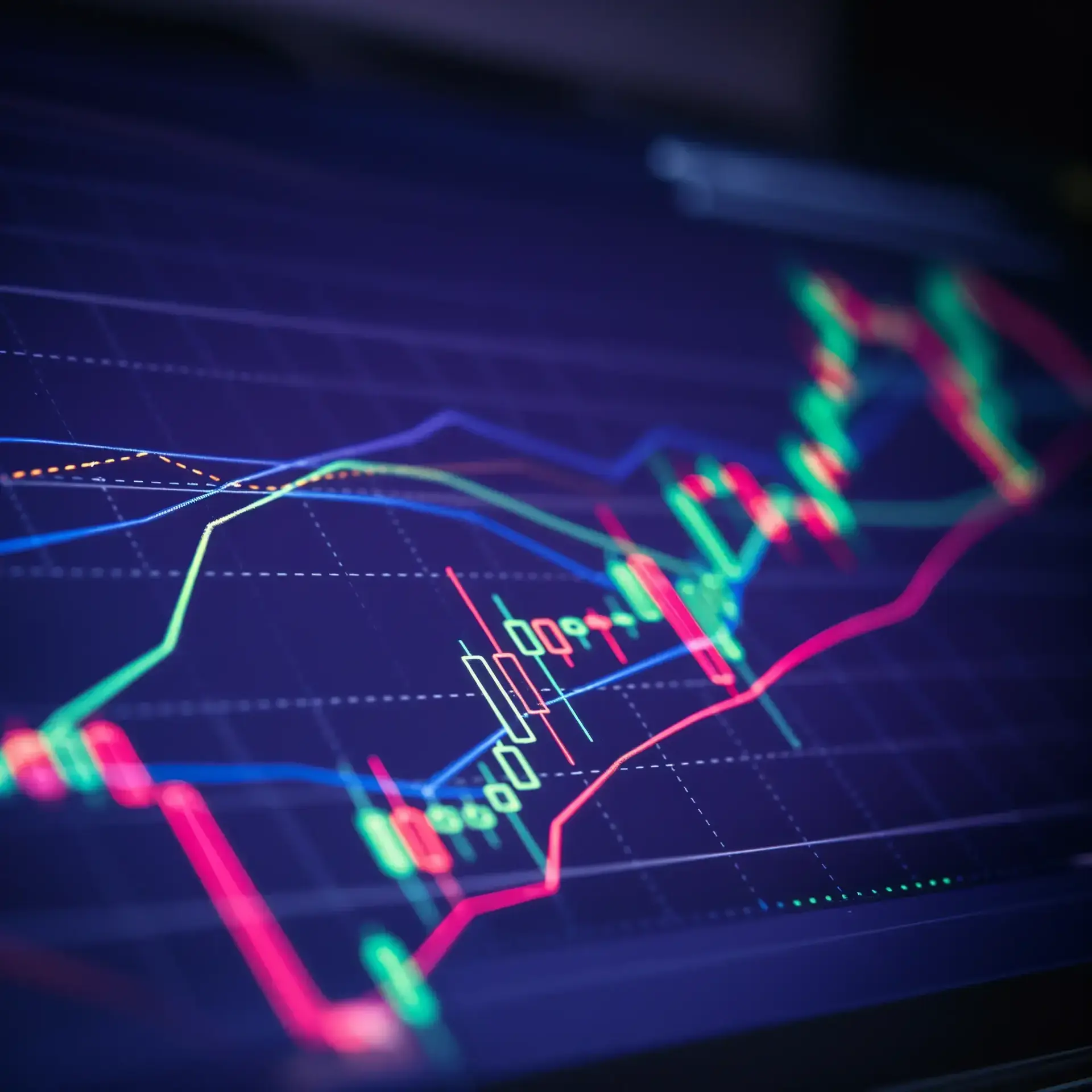
The Benefits
Of Trading CFDs
Why trade CFDs?
A CFD stands for contract for difference. Simply put, CFD trading allows you to take a position on the price of an instrument without actually owning the underlying asset. They’re popular with traders because they offer flexibility and additional features compared to traditional investing. Let’s take a look at some of the key benefits.

CFD allows you to trade on leverage, which means you get a larger market exposure with a relatively small initial deposit. In other words, your potential return on investment is significantly larger than in other forms of trading.
Let’s take traditional stock investing as an example. Say that you’d like to purchase 10,000 shares of Apple and its share price is 750 cents, which means that the total investment would cost you $75,000, not including any commission or other fees you might have to pay your broker for the transaction. In return, you receive a stock certificate, and legal documentation that certifies ownership of shares. You have something physical to hold in your hands until you decide to cash in on them, hopefully for a profit.
With CFDs, however, you don’t own those shares. You’re simply speculating on the movements in the share price. And with leverage, you only need a small percentage of the total trade value to open the position and maintain the same level of exposure. At 4T we offer leverage of 10:1 (10%) on shares, which means that you would only need to deposit an initial $7,500 instead of the full $75,000.

- If you believe the price of an asset is going to rise, you go long or ‘buy’ and you’ll profit from every increase in price.
- If you believe the price of an asset is going to fall, you go short or ‘sell’ and you’ll profit from every fall in price.
So, if you believe, for example, that Apple’s share price will fall in value, you simply go short on Apple share CFDs and your profits will rise in line with any fall in price below your opening level. However, should Apple’s share price rise, you would suffer a loss for every rise in price. How much you profit or lose will depend on your position size and the size of the move in the market.
The ability to go long or short makes CFDs one of the most flexible and popular ways of trading short term movement in financial markets today.
So if you own shares in Company B and believe that they are going to fall in value, you can open a short position with CFDs. If you are correct and your shares drop in value, your CFD will earn you a profit, offsetting your lose. If your shares increase in value, you can close your CFD position – and offset the loss you incurred against the future profits of your physical shares.
So if you own shares in Company B and believe that they are going to fall in value, you can open a short position with CFDs. If you are correct and your shares drop in value, your CFD will earn you a profit, offsetting your lose. If your shares increase in value, you can close your CFD position – and offset the loss you incurred against the future profits of your physical shares.